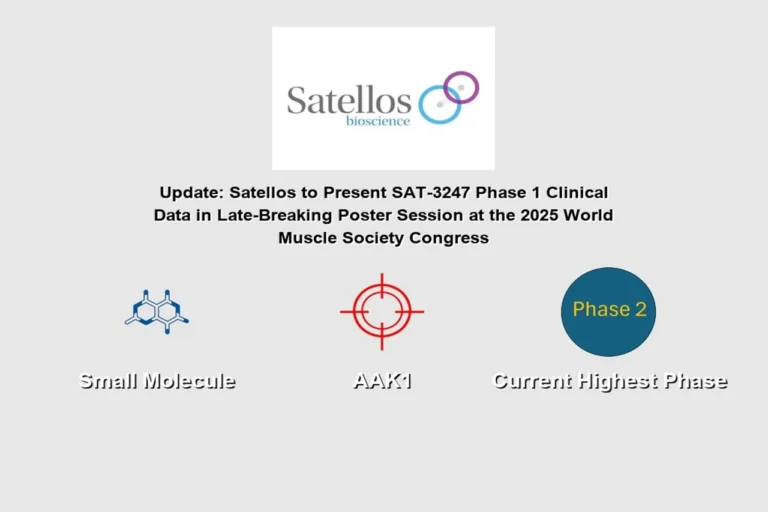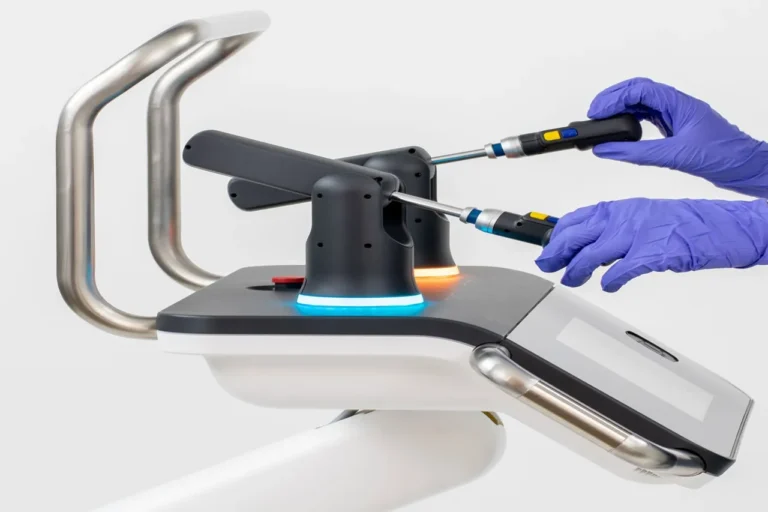
Global Robotics Research and Development: How Asia, Europe, and America Are Leading the Charge – Insights from IFR Reports
The global race to advance robotics technology is accelerating as economies worldwide recognize its potential to transform industries and improve societal outcomes. Governments are investing heavily in research and development (R&D) programs tailored to their unique strategic goals. In its latest report, World Robotics R&D Programs 2025, the International Federation of Robotics (IFR) provides a comprehensive analysis of official funding initiatives across Asia, Europe, and America. This fourth edition highlights key developments through 2024, with detailed insights into 13 countries, including first-time in-depth coverage of Singapore and Canada.
Asia: A Hub for Innovation and LeadershipChina’s Strategic Push for Global Leadership
Under its “14th Five-Year Plan,” China aims to cement its position as a global leader in robotics by 2025. Launched in December 2021 by the Ministry of Industry and Information Technology (MIIT), this initiative prioritizes innovation across manufacturing, healthcare, logistics, and service sectors. With substantial financial backing, China seeks to enhance its technological capabilities and industrial competitiveness on the world stage.
Japan’s Moonshot Vision
Japan’s “New Robot Strategy” positions the country as a global hub for robot innovation. Key focus areas include manufacturing, caregiving, medicine, and agriculture. Additionally, the “Moonshot Research and Development Program,” initiated in 2020, boasts a budget of $440 million (25 billion JPY) and extends until 2050. According to the IFR’s World Robotics statistical yearbook, Japan remains the top manufacturer of industrial robots globally, with a robot density of 419 units per 10,000 workers—ranking fifth worldwide.
South Korea’s Fourth Industrial Revolution Blueprint
In January 2024, South Korea unveiled its “4th Basic Plan on Intelligent Robots,” allocating $128 million (180 billion KRW) until 2028. This plan emphasizes robotics as a cornerstone of the fourth industrial revolution, driving advancements in both manufacturing and services. Notably, South Korea leads globally in robot adoption, boasting an impressive density of 1,012 robots per 10,000 employees—a figure that has grown steadily at an annual rate of 5% since 2018.
Europe: Strengthening Scientific Foundations
Horizon Europe: A Decade-Long Commitment
With a staggering budget of $100 billion (€95.5 billion) spanning until 2027, Horizon Europe stands as the European Union’s flagship framework program for research and innovation. Within this framework, $183.5 million (€174 million) has been earmarked for robotics-related projects between 2023 and 2025. These efforts aim to reinforce the EU’s technological base while promoting economic resilience.
Germany, Sweden, Denmark, and Slovenia rank among the world’s most automated economies, with the EU achieving an average robot density of 219 units per 10,000 employees. Germany, in particular, shines as Europe’s largest robot market, ranking fourth globally with 429 robots per 10,000 workers.

Germany’s High-Tech Strategy 2025
Germany’s High-Tech Strategy 2025 (HTS), backed by a budget of $369.2 million (€350 million) until 2026, underscores the importance of robotics in modernizing industries. The “Robotics Research Action Plan” facilitates collaboration among research centers under the umbrella of the “Robotics Institute Germany” (RIG). This initiative not only nurtures skilled talent but also ensures practical applications of cutting-edge research.
America: Diverse Funding Streams for Innovation
NSF, NASA, and DoD Initiatives
The United States employs a multi-faceted strategy to support robotics R&D, leveraging federal agencies such as the National Science Foundation (NSF), NASA, and the Department of Defense (DoD). The NSF funds foundational research into intelligent robots and autonomous systems, while NASA advances space exploration through robotics technologies. Meanwhile, the DoD prioritizes military robotics and autonomous vehicles to maintain defense superiority. Despite these efforts, the U.S. ranks tenth globally in robot density, with 295 units per 10,000 employees. However, it holds third place in annual installations of industrial robots, reflecting robust demand across various sectors.







